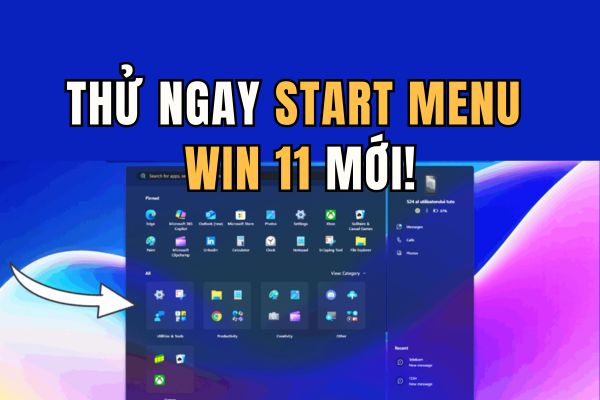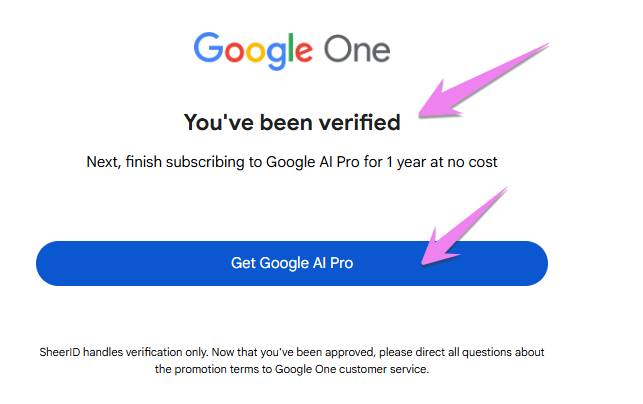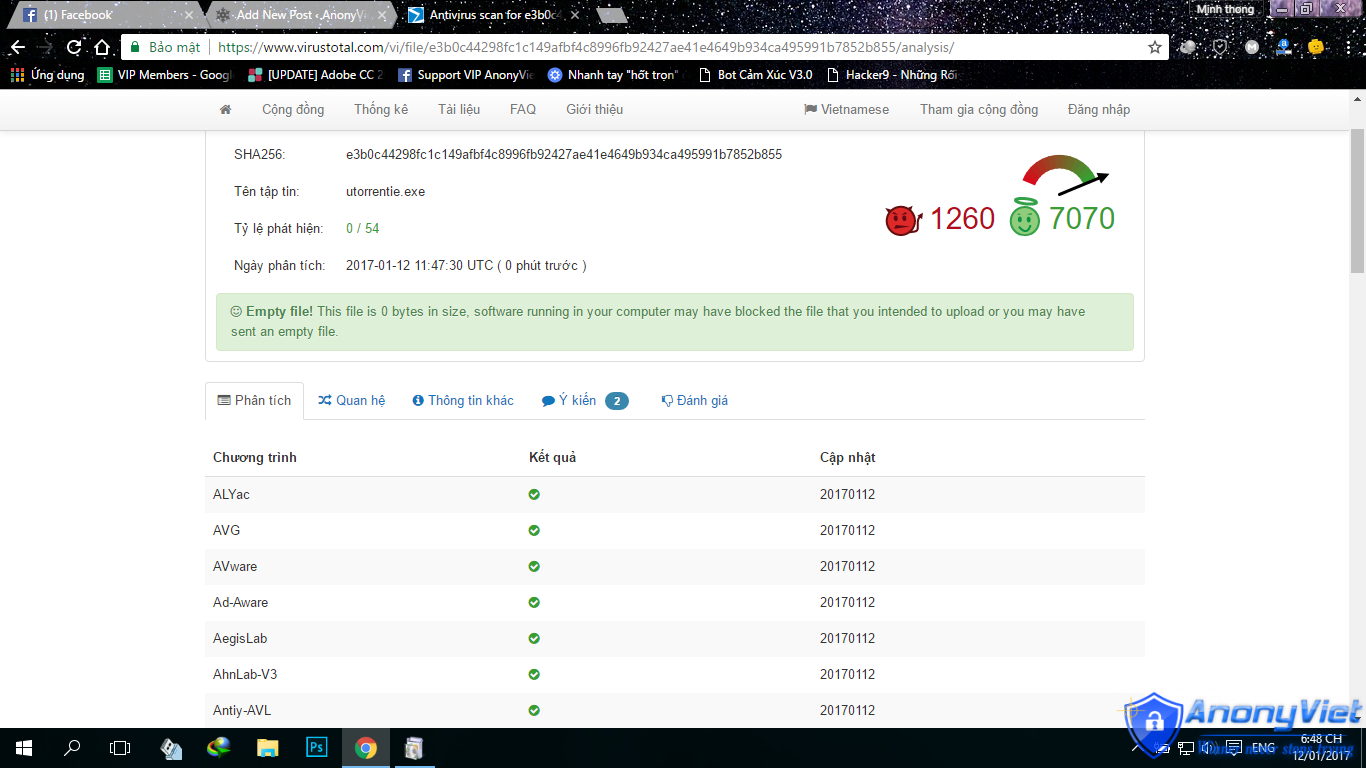The debate that Linux is better than Windows has never come to an end. There is no denying that Windows is currently the most popular operating system today, and the reasons people love Windows are different. Some people like it for its novice-friendliness, while others like it because their favorite apps are not available for other operating systems. Personally, the only reason why I still parallel use of Windows and Linux is because Linux doesn’t have Adobe’s Suite.
| Join the channel Telegram of the AnonyViet 👉 Link 👈 |

Meanwhile, GNU/Linux has also become very popular recently and is all set to grow 19.2% by 2027. While this is a good indicator of operating systems, most are people still ignore it. So, this article will enlighten religious believers with 10 reasons that prove Linux is better than Windows. To be objective, you can refer to the reasons I like and dislike in Linux.
10 reasons Linux is better than Windows
1. The greatness of open source
Simply put, we say a software is open source when the source code (logic of the application) of that software is open to anyone to edit. This means that as soon as you download an open source software, you get full ownership of it. It sounds not very business but very community.

Since Linux is open source, thousands of developers can contribute “better versions of their code” to improve the operating system. This feature has made Linux a solid, secure, and highly customizable operating system.
2. Distributions
Open source has allowed developers to create their own versions of Linux, called distributions. There are hundreds of distributions for users who like different needs such as friendliness, security, etc.

Hence, you don’t need any level of expertise to use Linux as there are many user-friendly distros available and you can choose one of them for your daily use. For newbies, distributions like Ubuntu, Linux Mint, Pop! _OS and other distributions based on Ubuntu or Debian are quite easy to use.
3. Desktop Environment
Think of the desktop environment as Android’s OneUI, ZUI, ColorOS interfaces. For example, Ubuntu uses GNOME as the default desktop environment. Here, Ubuntu is usually the base and GNOME is the interface that can be replaced by other interfaces.

Desktop environments are highly customizable and each has its own characteristics. There are more than 24 desktop environments available today, but some of the most popular are GNOME, KDE, Mate, Cinnamon, and Budgie.
4. Applications and package managers
Most applications on Linux are open source. For example, a good alternative to Microsoft’s Office suite is Libre Office. Aside from all the alternative apps you can download right now, the only thing that can’t be replaced is the ability to play games on Linux. I’ve always asserted that Linux doesn’t play games as well as Windows, but we will see more titles made available to Linux in the future.
Basically, the package manager manages what is installed on your computer and allows you to install, update or remove software easily. You only need one command to install a new application because the package managers do the rest. Apt is the package manager used in Debian/Ubuntu-based distributions, while Arch/Arch-based distributions use Pacman. However, you can also use other package managers like Snap or Flatpak.
5. Terminal
Since Linux was originally created to run on servers, you can navigate the entire system with just a command (terminal). Terminal is the heart of Linux; that’s all you need to learn to master Linux. This is also the second most important reason I decided to use Linux.

You can automate tasks with the ability to code and deploy your own scripts. Great!
6. Multi-device support
You may think that Linux is not popular but, most of the devices in the world run on Linux. Everything from phones to IoT devices like smart toasters run the Linux operating system. Even Microsoft uses Linux in its Azure cloud platform.

Since Android is based on Linux, recent developments have given rise to operating systems such as Ubuntu Touch and Plasma Mobile. It’s too early to say that operating systems have a future in the mobile phone industry, where competitors like Android and iOS dominate the market. F(x)tec is one of the recent OEMs to bring Ubuntu Touch and LineageOS together with XDA. But a bit disappointed that my wireless keyboard mouse does not support the driver on Linux. It’s fine to use, but you can’t customize macros or lights.
7. Linux is not picky about hardware
Linux can run stably on PCs with outdated hardware that is difficult to run Windows. The minimum hardware requirement to run Ubuntu is a 2GHz dual core cpu and 4GB RAM. If you think it’s still too heavy, distributions like Linux Lite only need 768 MB of RAM and a 1 GHz processor.
8. Portability
The ability to carry the entire operating system on a USB stick is great. This is very useful, especially when your main job involves testing large numbers of machines. Assuming you’re traveling and don’t want to bring a laptop, if you bring a USB, you can boot into Linux on almost any computer.
You can also maintain a single home directory across various Linux installations and retain all your configurations and user files.
9. Community Support
The Linux community is very strong and it is very important to the development of Linux. You can ask anything even if your question sounds stupid and you will get an answer immediately.
10. Studying
The key to learning Linux is using it on a regular basis and questioning the community. Mastering the CLI is a challenging task, but limitless career opportunities await you once you succeed.
Above are 10 reasons why Linux is better than Windows, let me know why you use Linux, as well as why you don’t use Linux by commenting below.











